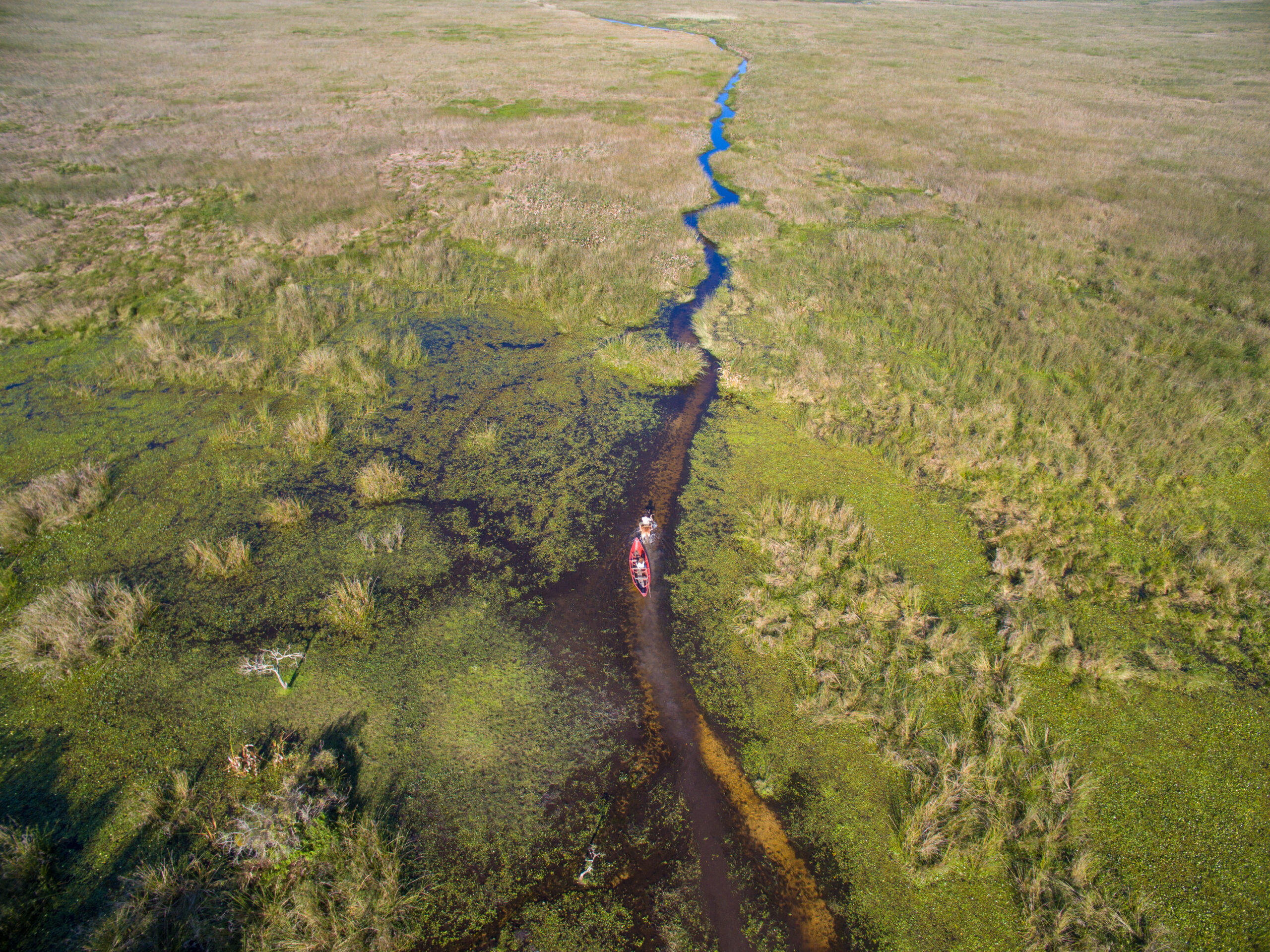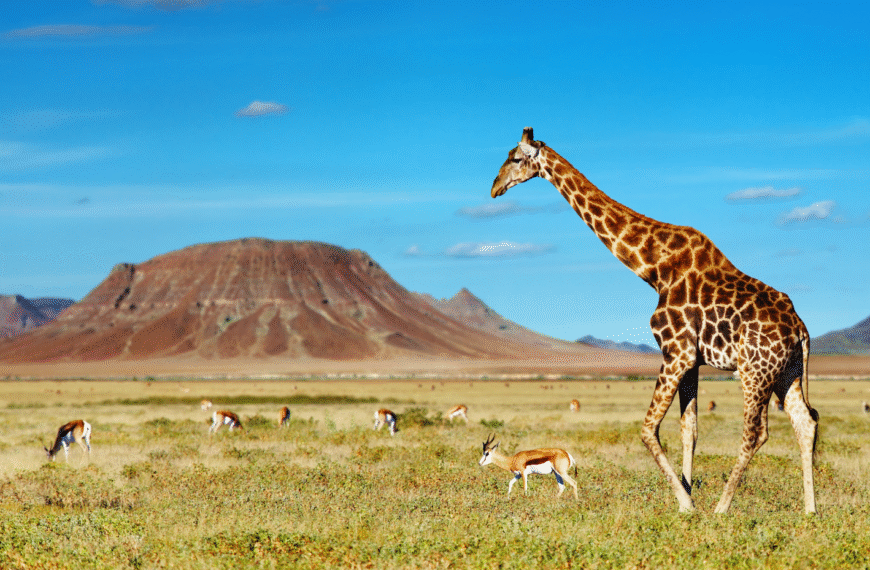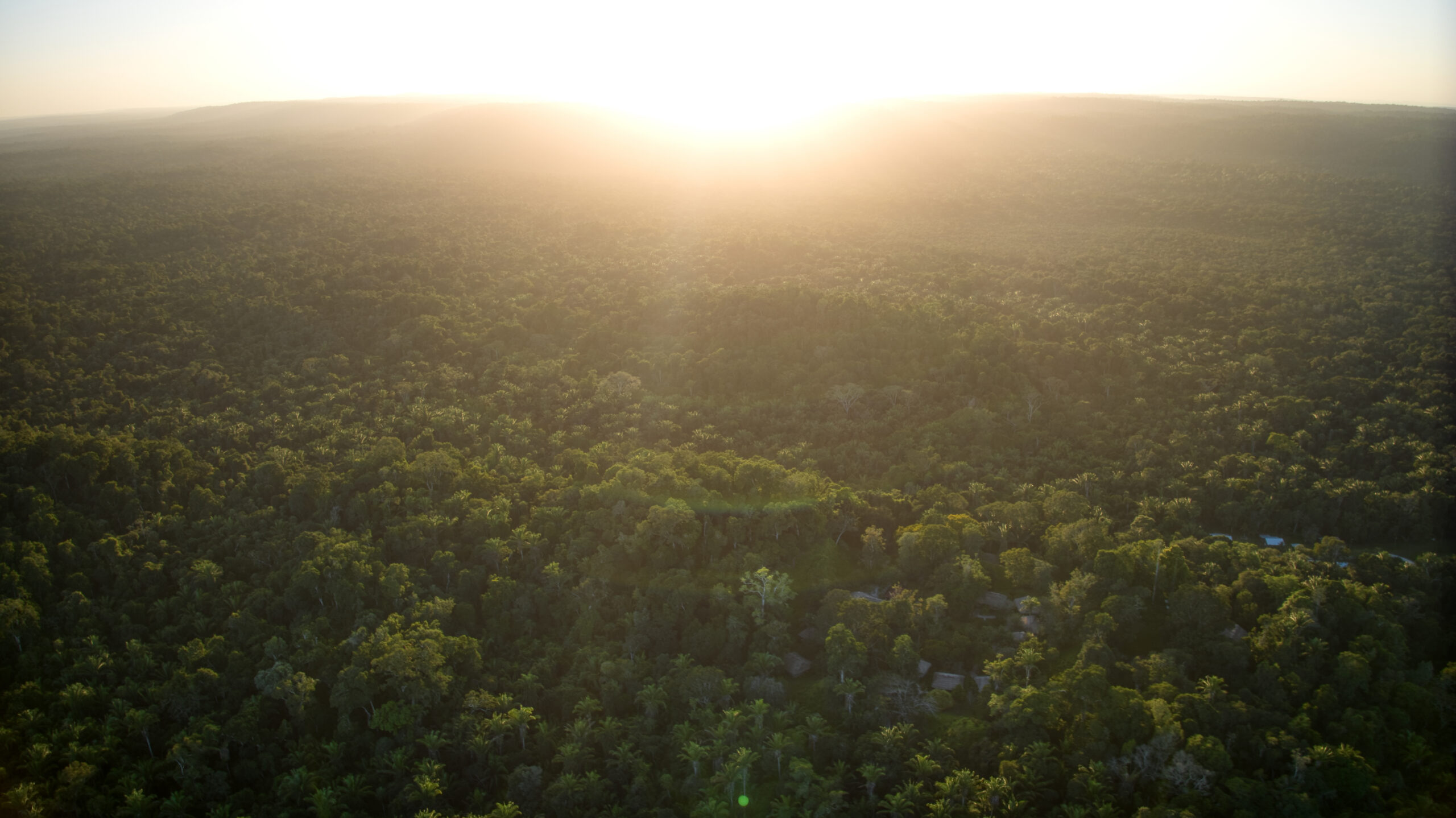Journeys With Purpose Managing Director, Venetia, recently returned from her first trip to India, where she experienced one of the world’s greatest wildlife recovery stories. Over three transformative weeks, she tracked leopards in Rajasthan, journeyed deep into Madhya Pradesh’s tiger reserves and learned from the conservationists and local communities shaping the future of India’s wild spaces.
Interview with Venetia on Tiger Conservation in India
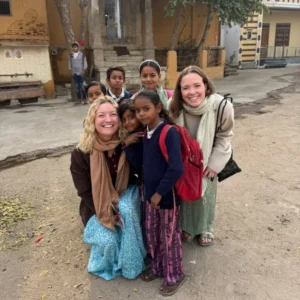
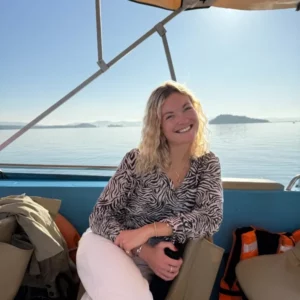
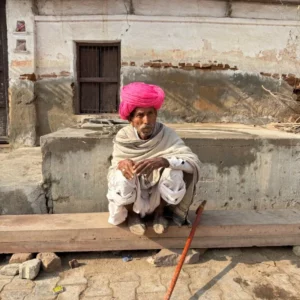
Where did you go, and what was the purpose of the journey?
We went to Madhya Pradesh in Central India, then up to Rajasthan and finally ending in Goa.
I’ve dreamt of seeing a tiger since childhood, when I first watched Rudyard Kipling’s Jungle Book. Madhya Pradesh is known for its tigers – the city of Bhopal actually has six resident tigers roaming the streets – and I had recently heard of a conservation project here which intrigued me.
Back in the 70s, a man named Kailash Sankhala established Project Tiger, having observed the diminishing tiger numbers, due to hunting, conflict and habitat loss. With the backing of the president at the time, Mr Sankhala coordinated the relocation of thousands of remote villages to safer regions, creating a preserved habitat for the Bengal Tiger to roam, and recover.
At that time the tiger population was sitting at around 1,800 total across the country in 1973. Over the past four decades, this project has seen tiger numbers triple, making Project Tiger a true conservation success story.
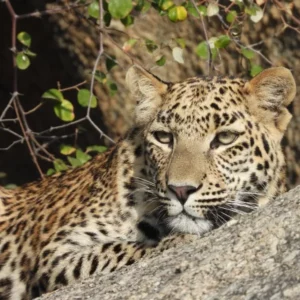
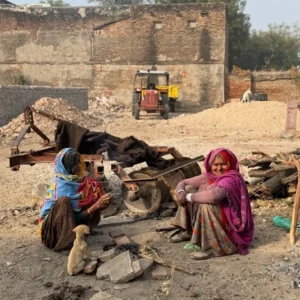
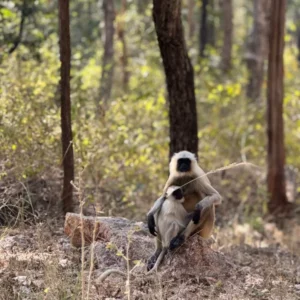
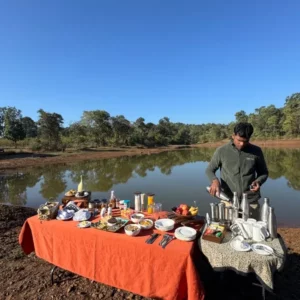
Fewer people go down to Madhya Pradesh than the more popular Ranthambore. Yes, the safari experience is more rustic, but it’s the knowledge and passion of the guides that make it. You are seeing the ecosystem through their eyes, experiencing fauna and flora that has rebounded and is thriving – it’s this kind of immersive experience that has a profound impact on the way one appreciates a landscape.
In this dense jungle environment, spotting wildlife isn’t easy. The guides have a knack for this, a secret power that we lack, having not grown up in the ecosystem. They look for movement and listen to wildlife sounding alarm calls, where a different frequency or pitch infers a particular predator.
One day, we saw two tigers, two sloth bears, monkeys, elephants and a herd of Gaur (the Indian bison). It was a spectacular day!
We also went to a beautiful leopard camp in Rajasthan, Sujan Jawai where I got to see my first leopard.. The terrain here is very different to the terrain you’d expect in leopard country. Instead of trees across a savannah, it’s a dramatic blend of granite rocks and grassy scrubland, providing prime hiding spots for the leopards. We were fortunate enough to discover a female basking in the sun and we watched her cleaning her paws as she’d just made a kill. To be able to observe this at such close proximity was indescribably special.
What were your first impressions?
I immediately noticed the warmth and vibrancy of the people. We were welcomed into homes like family, taught how to make special Chai and always felt humbled by the generosity of our hosts.
As many say, India is a continent in a country. From the waterways of Kerala, the majestic sites like the Taj Mahal, the central jungle to the high Himalayas there is such contrast and richness in each corner. We have our first Asia Hosted Journey taking place in December to see the sow leopards in the high Himalayas – something tells me this won’t be the last journey we’ll do in India.

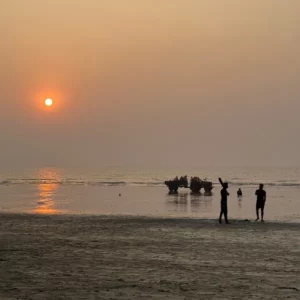
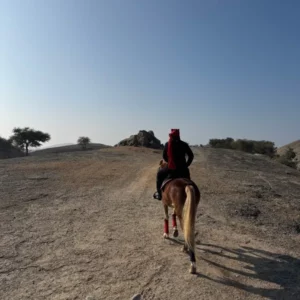
What did your itinerary look like?
When exploring such a vast country, time is precious. While I loved the colours, intriguing palaces and indulgent food of Rajasthan, the beauty and rawness of the jungle remains the most profound memory. In my opinion, a trip to India is not complete without seeing this region.
Reni Pani Lodge in Satpura National Park has stables with beautiful Marwari horses, and we set out at sunrise to experience the birdsong from the clusters of mahua and banyan trees, stopping beside a lake where a beautiful picnic was laid out for us to enjoy in the stillness of the morning. . We rode through a canyon with an incredible diversity of plantlife, which was magical.
Jamtara Jungle Lodge in Pench National Park, which is owned by Amit Sankhala, the grandson of ‘The Tiger Man’ Kailash Sankhala, who launched the conservation project in tiger country, hit the perfect balance of rawness and luxury.
Individual, spacious tented casitas sit amid the trees offering guests the chance to witness wildlife from their private deck. After an afternoon safari I sat there, beer in hand, watching mysterious rustlings in the trees as the dusk set in. I was pulled away for dinner so I can’t say for certain what I saw, though I was convinced it was a porcupine!
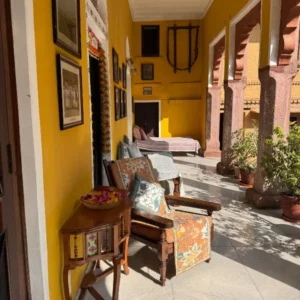


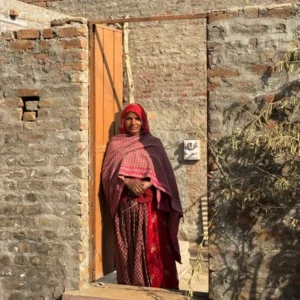
Kana Jungle Lodge is run by an amazing couple called Tarunn and Dimple. Tarunn is a lifelong naturalist guide and knows the area like the back of his hand, and his wife Dimple, who has been living here with him for close to 30 years, has an incredible knowledge of indigenous medicine. She home-brews delicious teas and remedies, such as ginger tea in the morning and chai in the afternoon, made over an open fire.
It felt like we’d been welcomed into their home – which we quite literally were – and this kind of personal touch is what makes an experience truly memorable, in my opinion.
Another special spot is Sujan Jawai, a luxury tented camp that pioneered conservation tourism in the Jawai region. The reserve has brought leopard sightings from 20 in 2013 to over 1,000 in 2023. Guests are given field books to note down their sightings, and their ambition is to expand to more areas of land.
In Rajasthan, Chanoud Garh in Rajasthan is a 300-year-old palace that was in disrepair until three siblings, Swati, Mahiraj and Jairaj, restored it. It has so many heirlooms, engravings and paintings, as well as horoscope-covered scrolls that are hundreds of years old. You get a glimpse into the life of a family that became rulers following the Merta War in 1745.
Was there a moment that felt especially powerful, moving, or transformative for you or someone else?
We arrived at Pench National Park on a very misty New Year’s Day morning. The light was just coming up, we could barely see, and we were wrapped up with hot water bottles. As we drove into the park, we hadn’t seen another soul—it was complete silence.
But then we heard this growl…I felt it through my whole body! And there was a male tiger right next to the Jeep.
We could only just make him out because it was so foggy, but he stood up and started walking in front of us as if he was leading the way. He kept growling, and that noise is like nothing else. This was super rare to be in that close proximity, within five metres. Even the guide was surprised that this happened. This was within the first half hour of our first day!
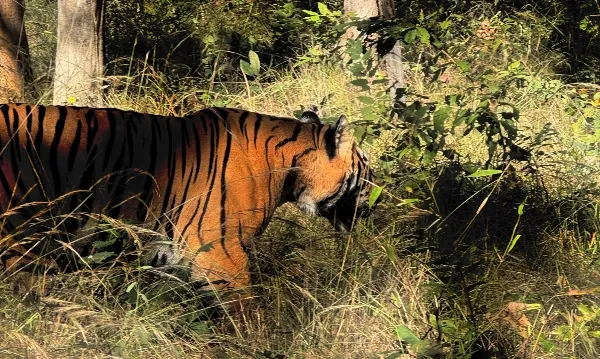
What did you learn about the conservation work or the people leading it?
Project Tiger is a remarkable success story. In the 1970s, visionary conservationist Kailash Sankhala recognised that India’s national animal, the tiger, was vanishing due to nationwide hunting. He became a campaigner and alerted the Indian government to this, eventually working with the Prime Minister, Indira Gandhi, to launch the Project Tiger strategy.
This was pioneering—they secured protected land for tigers to roam freely without threat. The Voluntary Village Relocation Programme was a critical part of this because many core areas of India’s tiger reserves were (and still are) home to human communities.
Families were given the choice to relocate, either through direct financial packages or government-supported resettlement. This resulted in less human-wildlife conflict, and the communities were empowered with greater access to development. This is so much more than a simple story of conservation. It’s a complex, evolving demonstration of the challenges and opportunities in a landscape where people and wildlife coexist.
Having experienced these places and projects firsthand, I’m looking forward to sharing these with our guests – to immersing them in these extraordinary landscapes and for them to witness the rare and iconic wildlife that inhabit them.
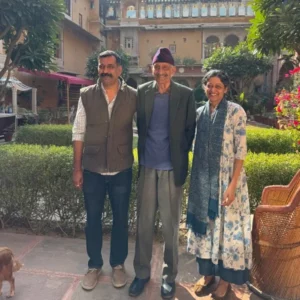
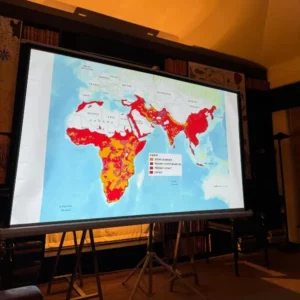
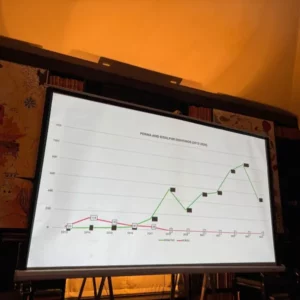
Closing Thoughts on Venetia’s Conservation Trip in India
Venetia’s journey offers a rare glimpse into a side of India that many travellers overlook: the conservation projects restoring balance between communities and the spectacular wildlife that coexists with them.
Beyond the well-trodden Rajasthan loop, those passionate about conservation should look to the dense forests of Madhya Pradesh, Central India’s conservation heartland, where Project Tiger first took root. Here, dedicated ecologists and local communities have worked together to protect India’s national animal, shaping a story of resilience and renewal that continues today.
Given the country’s vastness and complexity, travelling with experts who can connect you to the right places, people and perspectives makes all the difference. Whether you’re a seasoned conservationist or want to see the country more meaningfully, a deeper India awaits.
